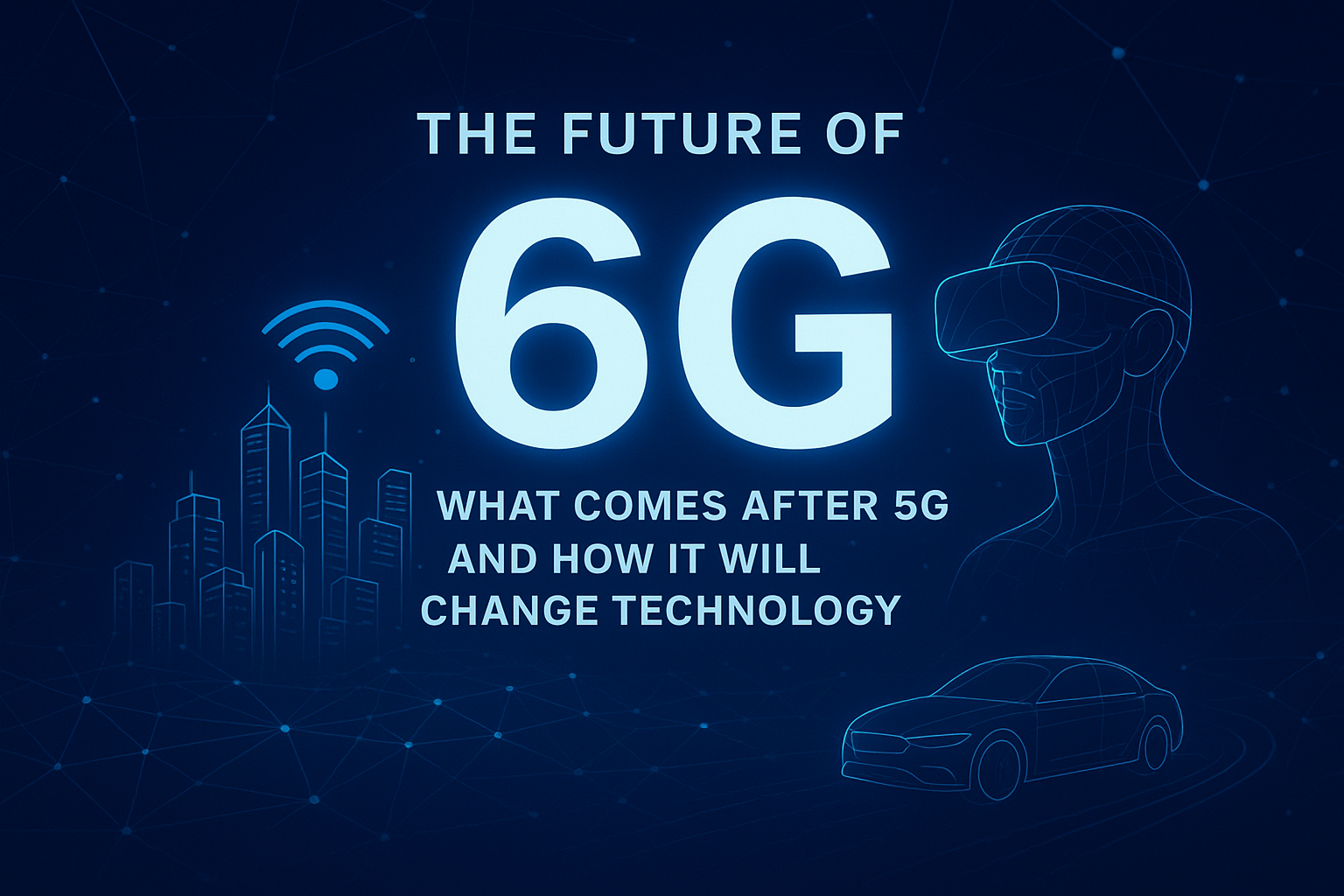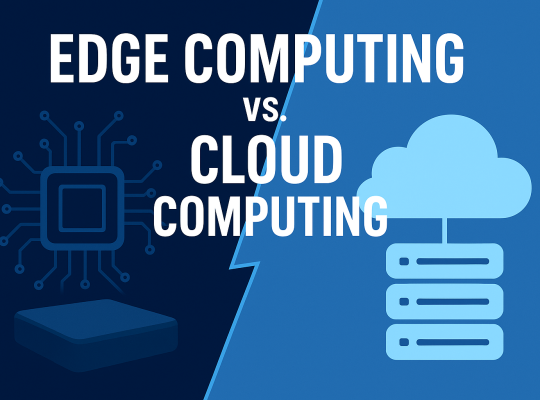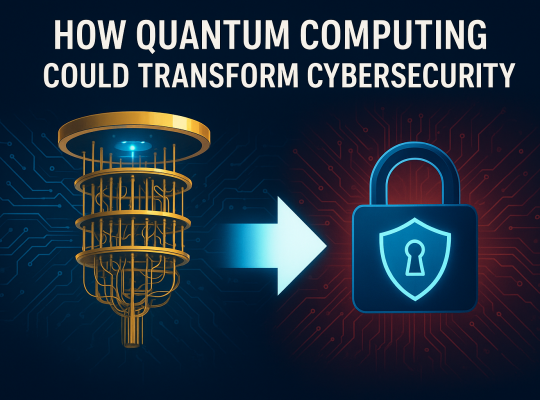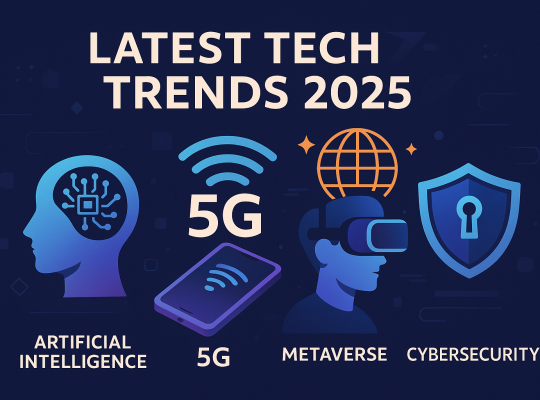As we stand on the brink of a technological revolution, the question isn’t just what 5G can do for us, but what comes next? Enter 6G, the next generation of wireless technology poised to transform our digital landscape in ways we can only begin to imagine. With lightning-fast speeds, virtually zero latency, and an interconnected world of IoT devices, 6G promises to elevate our technology experience to unprecedented heights. From smart cities powered by advanced AI to immersive virtual realities, the potential applications are limitless. As we explore the future of 6G, we’ll uncover how this groundbreaking technology could redefine our lives, enhance communication, and spur innovation across industries. The leap from 5G to 6G is not just about speed; it’s about a revolutionary shift in how we interface with technology. Buckle up as we delve into the exciting developments on the horizon and how they’ll shape our future.
Understanding 6G: What It Is and How It Differs from 5G
6G, or sixth-generation wireless technology, is the next frontier in mobile communications. While 5G has already delivered significant improvements in speed, connectivity, and latency, 6G is set to take things to the next level. Expected to operate at terahertz frequencies, 6G will offer speeds up to 100 times faster than 5G and virtually eliminate latency, enabling real-time communication on a scale never seen before. Unlike 5G, which primarily focuses on faster internet and network capacity, 6G aims to create a fully immersive, intelligent, and interconnected digital environment.
The Evolution of Mobile Networks: A Brief History from 1G to 5G
To appreciate 6G, it helps to understand the journey of mobile networks:
-
1G: Introduced in the 1980s, 1G enabled analog voice calls.
-
2G: Brought digital voice and SMS messaging in the 1990s.
-
3G: Introduced mobile internet and video calling in the early 2000s.
-
4G: Revolutionized mobile data speeds, enabling HD streaming and mobile apps.
-
5G: Enhanced speed, low latency, and network capacity, supporting IoT devices and smart city technologies.
Each generation has built on the last, and 6G promises to continue this evolution by merging connectivity, AI, and immersive experiences.
Key Features and Innovations Expected in 6G Technology
6G is more than just “faster internet.” Here’s what to expect:
1. Terabit-level speeds: Ultra-fast downloads and seamless cloud experiences.
2. Ultra-low latency: Near-instant response times for real-time applications.
3. Integrated AI and machine learning: Optimized networks that self-manage traffic and enhance performance.
4. Holographic communication: Enabling lifelike virtual interactions.
5. Advanced IoT ecosystems: Fully interconnected smart homes, vehicles, and cities.
These innovations will redefine not just connectivity but how humans interact with technology.
The Role of Artificial Intelligence in 6G Development
Artificial intelligence is at the heart of 6G. AI algorithms will optimize network performance, predict traffic patterns, and enable autonomous decision-making in real-time. This integration will allow 6G to support complex applications such as autonomous vehicles, smart factories, and AI-driven healthcare systems. In essence, 6G won’t just connect devices—it will make networks intelligent enough to anticipate our needs.
Potential Applications of 6G: Beyond Faster Internet
The possibilities of 6G extend far beyond faster streaming:
-
Immersive virtual reality (VR) and augmented reality (AR) for entertainment, education, and training.
-
Remote surgery and telemedicine with zero-latency precision.
-
Smart cities with real-time traffic management, energy efficiency, and safety systems.
-
Autonomous transportation networks, including self-driving cars and drones.
-
Enhanced industrial automation for smarter manufacturing and logistics.
The technology promises a future where digital and physical worlds merge seamlessly.
The Impact of 6G on Industries: Healthcare, Transportation, and More
6G is expected to revolutionize multiple industries:
-
Healthcare: AI-powered diagnostics, robotic surgeries, and instant telemedicine.
-
Transportation: Safer autonomous vehicles, smarter traffic systems, and drone logistics.
-
Education: Real-time global classrooms with AR/VR experiences.
-
Entertainment: Immersive gaming and holographic communications.
-
Energy and utilities: Intelligent grids for efficient energy distribution.
The impact will be profound, accelerating innovation and economic growth across sectors.
Challenges and Considerations in the Rollout of 6G
Despite its promise, 6G faces significant challenges:
-
High infrastructure costs for terahertz network deployment.
-
Spectrum allocation to accommodate ultra-high frequencies.
-
Security and privacy concerns with pervasive AI and IoT.
-
Standardization to ensure global interoperability.
Addressing these challenges will be critical for a smooth 6G rollout.
Global Competition in 6G: Who Are the Key Players?
Countries and companies are racing to lead 6G innovation. Notable players include:
-
United States: Focused on AI-integrated networks and advanced research.
-
China: Leading 6G patents and large-scale testing initiatives.
-
South Korea & Japan: Pioneering early trials and infrastructure development.
-
Telecom giants: Companies like Huawei, Ericsson, and Nokia are heavily investing in 6G technology.
Global competition will shape the pace, standards, and availability of 6G networks.
The Timeline for 6G Deployment: What to Expect
6G is still in the research and development phase. Experts predict:
-
2025–2028: Early prototypes and lab testing.
-
2030: Initial commercial deployment in select cities and industries.
-
2030–2040: Widespread global adoption.
While still a few years away, preparations for 6G are accelerating rapidly.
Conclusion: Preparing for a 6G Future and Its Implications
The transition from 5G to 6G represents more than a technological upgrade—it’s a paradigm shift. 6G promises ultra-fast connectivity, AI-driven intelligence, and immersive digital experiences that will reshape how we live, work, and interact. Businesses, governments, and individuals must start preparing now to leverage the opportunities and navigate the challenges of a fully connected 6G world. The future of technology is coming fast, and 6G will ensure it’s smarter, faster, and more interconnected than ever.









